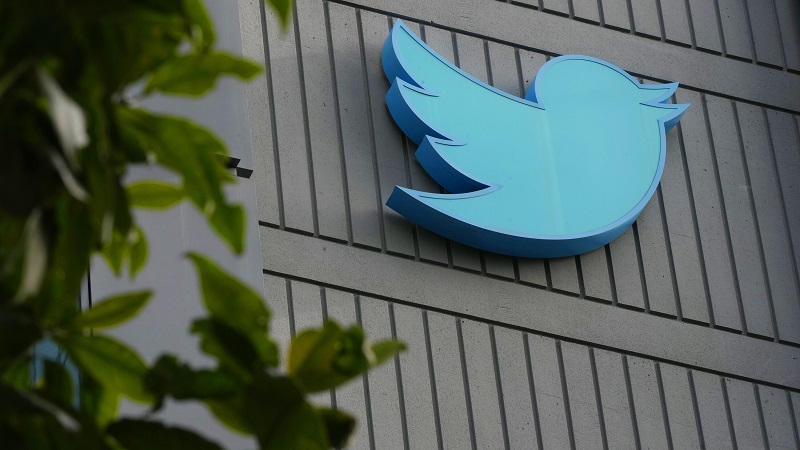
Tweeting Your Way to Success: Harnessing Twitter’s Power for Promotion
Twitter, a platform with over 330 million active users, has become a powerhouse for digital marketing and brand promotion. Its real-time nature offers unique opportunities for businesses to engage with their audience, create brand awareness, and drive conversions. Whether you’re a startup or an established company, Twitter can catapult your marketing efforts to new heights. This article is your guide to utilizing Twitter effectively for promotion, tailored for the ambitious marketer within the 25-65 age demographic.
Leveraging Twitter’s Unique Features for Promotion
Twitter’s dynamic platform hosts a myriad of features ideal for promotion. Understanding how to harness these can significantly boost your marketing strategy.
Crafting Compelling Tweets
The art of tweeting lies in creating concise, compelling content. A well-crafted tweet can spread like wildfire, achieving massive reach and engagement. Employing storytelling, asking questions, and including relevant hashtags can increase visibility and spark conversations.
Visual content is king on Twitter. Incorporating images, GIFs, and videos can make your tweets stand out and capture your audience’s attention in a sea of text.
Consistency is key. Regular tweeting keeps your brand at the forefront of consumers’ minds, building a steady stream of content that fuels engagement and brand recall.
Engaging with Your Audience
Twitter excels in fostering direct communication between brands and consumers. Engaging with your audience is not optional; it’s a critical part of the Twitter experience. Responding to comments, retweeting user-generated content, and initiating conversations can build a loyal community.
Leveraging Twitter polls is an excellent way to engage your audience and gather feedback. Polls invite interaction and can provide insights into your customers’ preferences, helping tailor your products and services.
Building a Twitter Marketing Campaign
A successful Twitter marketing campaign requires strategic planning and execution. It’s not just about the occasional viral tweet; it’s a sustained effort that aligns with your overall marketing objectives.
Timing and Scheduling
Timing is everything on Twitter. Scheduling tweets to coincide with peak user activity increases the likelihood of engagement. Utilizing tools for scheduling tweets can ensure your content reaches your audience when they are most active, regardless of time zone differences.
Analyzing engagement metrics is essential to refine your posting schedule. This data-driven approach ensures that your content strategy is optimized for maximum impact.
Creating a content calendar for Twitter helps in maintaining a balanced mix of promotional, informative, and interactive content. This strategic diversity keeps your feed fresh and your audience invested.
Hashtags and Trending Topics
Hashtags are Twitter’s signposts, guiding users to your content. Using relevant hashtags can exponentially increase the reach of your tweets to potential followers interested in specific topics.
Jumping on trending topics can give your brand a visibility boost. However, it’s crucial to stay relevant and authentic to avoid the pitfalls of forced engagement.

Measuring Success on Twitter
As with any marketing endeavor, the measure of success is in the analysis of performance metrics. Twitter provides analytics that offers valuable insights into tweet performance, follower growth, and engagement patterns.
Understanding Twitter Analytics
Twitter Analytics presents a comprehensive overview of how your tweets fare over time, showing which content resonates with your audience. Monitoring these metrics helps in adjusting your strategy to better meet the needs of your target market.
Tracking conversions is crucial for measuring ROI. Setting up conversion tracking on Twitter can help you understand how effectively your tweets lead to desired actions, such as website visits, sign-ups, or sales.
